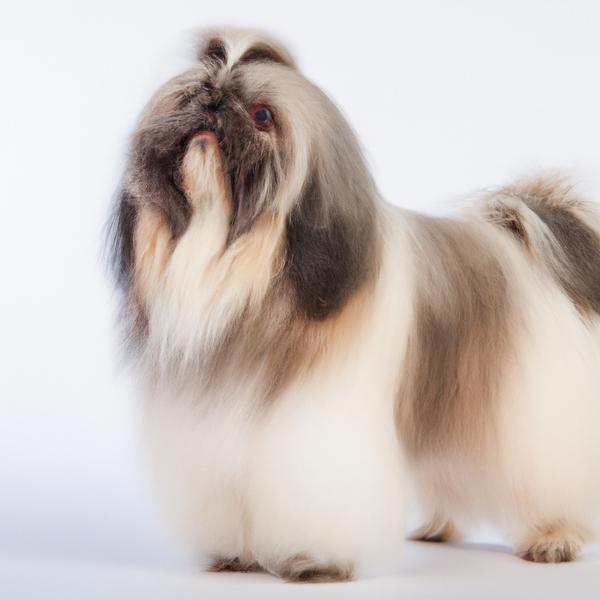Scotinese vs. Crested Peke: Breed Differences and Similarities
Hypoallergenic
Are Scotineses or Crested Pekes hypoallergenic, or neither?
Unfortunately, neither Scotinese nor Crested Peke are hypoallergenic, which may not make them the best choice for dog lovers who suffer from pet allergies.
Temperament
What are the personalities of Scotinese and Crested Peke dogs?
Playful
Stubborn
Independent
Alert
Intelligent
Affectionate
Quick
Aggressive
Selfish
Good-natured
Opinionated
Playful
Stubborn
Happy
Alert
Intelligent
Affectionate
Lively
Tempered
Sweet
Aggressive
Good-natured
Opinionated
Shedding Level
Do Scotineses shed more than Crested Pekes, or which breed sheds more, Scotineses or Crested Pekes?
Scotinese or Crested Peke dogs are low shedders. The coat sheds an average amount and doesn't require much care.
Ancestry
What are the origins of Scotinese and Crested Peke breeds?
Scottish Terrier, Pekingese
Pekingese, Chinese Crested
Date of Birth
When were Scotinese and Crested Peke breeds first developed?
Unknown
Litter Size
What is the usual litter size for Scotinese and Crested Peke?
Scotinese and Crested Peke, can have a litter of 2-5 puppies each on average. Nonetheless, it's important to keep in mind that litter size can differ significantly between individual dogs. Various factors such as the mother's health, breeding history, and genetics can have an impact on litter size.
Adaptability
The adaptability of Scotinese and Crested Peke dogs is a well-known trait. They are known for being able to adjust well to different living environments and lifestyle changes.
Health Issues
Between Scotinese and Crested Peke, which breed is more prone to health problems?
The Scotinese and Crested Peke breeds are commonly healthy with low vet costs, regular check-ups may not be as necessary but it's important to keep an eye on their health and have them checked by a veterinarian when needed.
Major Concerns
What are the major health concerns for Scotinese and Crested Peke breeds?
Progressive Retinal Atrophy
Hemophilia
Von Willebrand's Disease
Hypothyroidism
Bladder Stones
Cancer
Cushing's Disease
Neurological Conditions
Patellar Luxation
Tracheal Collapse
Eye Problems
Minor Concerns
What minor health issues should be kept in mind when owning Scotinese and Crested Peke?
Stenotic Nares
Trichiasis
Scottie Cramp
Deafness
Cataracts
Corneal Erosion
Elongated Soft Palate
Skin Fold Dermatitis
Pateller Luxation
Keratoconjunctivitis Sicca (Dry Eye)
Urolithiasis
Allergies
Skin Fold Dermatitis
Mitral Valve Disease
Sunburn
Occasional Tests
What occasional tests are recommended for Scotinese and Crested Peke breeds?
Spine
X-Rays
Skin Evaluation
Eye examination
Blood Analysis
Full Physical Examination
Thyroid Panel
DNA for VWD
Knee
Heart
Skeletal
Eye Examination
Physical Examination
Endoscopy
Social Needs
Scotinese vs Crested Peke social needs comparison
Scotinese and Crested Peke have above average social needs compared to other breeds. They thrive in environments where they have a lot of interaction with humans and other dogs.
Sleeping Need
Which of the two sleeps the most/least: Scotinese or Crested Peke?
Scotineses have moderate energy levels and typical sleep patterns of 12-14 hours per day.
Crested Pekes are known for their relaxed and calm nature and enjoy long periods of sleep.
Mouthiness
Mouthiness Comparison: Scotinese vs Crested Peke?
Roaming urge
Scotinese vs Labrador: Running away tendency?
Prey Drive
Scotinese or Crested Peke - which breed has a higher level of prey drive?
Tolerance of being left alone
Grooming
Which breed is easier to maintain in terms of grooming, Scotineses or Crested Pekes?
Scotinese and Crested Peke are breeds of dogs that require a significant amount of grooming. They will also require regular trims, and a professional groomer's help is often necessary to keep their coat in good condition. They may also need regular baths to maintain their coat and skin.
Sensitivity Level
How do Scotinese and Crested Peke compare in sensitivity?
Scotineses have average emotions and adapt well to different situations.
This breed is sensitive and requires gentle handling and a calm home environment.
Apartment Friendly
Which breed is more apartment-friendly: Scotinese or Crested Peke?
Scotineses and Crested Pekes are known for being excellent apartment dogs. They are fairly active indoors and will do okay without a yard.
Child Friendly
Do Scotineses or Crested Pekes have a friendlier temperament towards children?
Scotinese and Crested Peke are average friendly dogs towards children.
Senior-friendly
Which dog is more suitable as a pet for the elderly - Scotinese or Crested Peke?
Cat Friendly
Do Scotinese or Crested Peke breeds have a better compatibility with cats?
Scotineses are good with cats, but early training is needed to prevent chasing behavior.
Crested Pekes are very friendly with cats and make great companions for them.
Dog Friendly
Which breed is more sociable with other dogs: Scotinese or Crested Peke?
{Scotineses and Crested Pekes are average friendly towards other dogs. If they are raised with other dogs, they are likely to get along with them. And, if they are socialized properly from a young age, they will usually be great with other dogs.
Pet friendly
How do Scotinese or Crested Peke dogs interact with other pets?
Stranger Friendly
Which breed is more friendly with strangers: Scotinese or Crested Peke?
Scotineses are averagely friendly around strangers but benefit from early socialisation.
Crested Pekes are friendly but may bark at strangers, and training is easy due to their intelligence.
Playfulness
Which breed is more playful between Scotinese and Crested Peke?
Scotinese and Crested Peke are not the most playful dog breed.
Trainability
How do the trainability levels of Scotineses and Crested Pekes compare?
Scotinese and Crested Peke dogs are known for their ease of training and ability to learn quickly, making them a popular choice for pet owners and trainers alike.
Compare Scotinese with other breeds
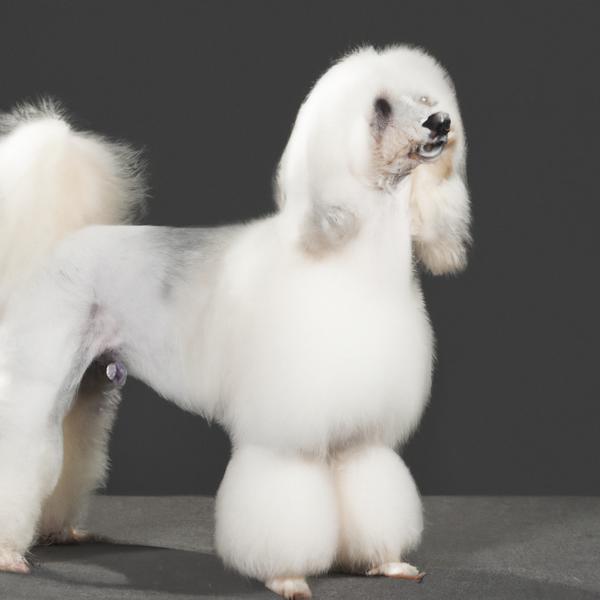
Corillon
Scotinese vs Corillon
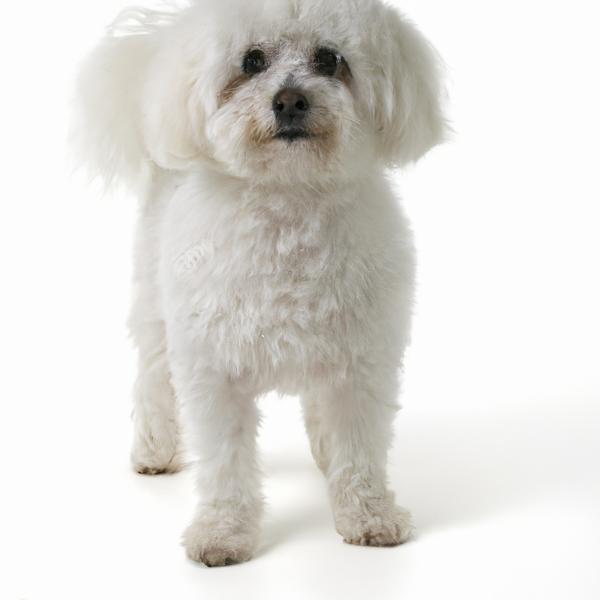
Bichon-A-Ranian
Scotinese vs Bichon-A-Ranian
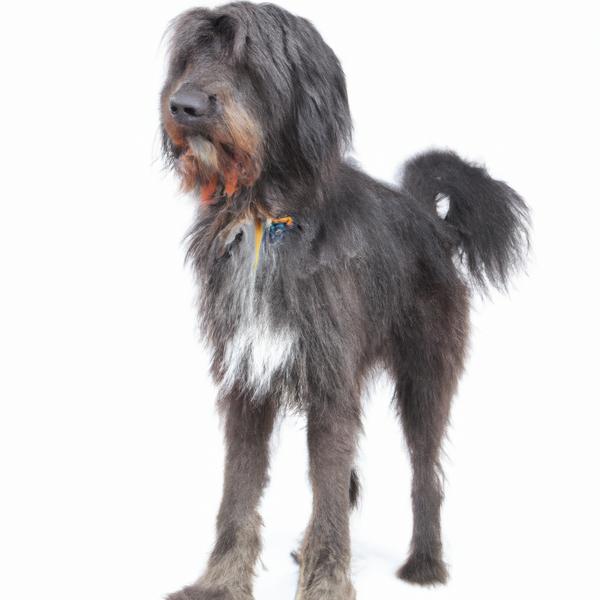
Labahoula
Scotinese vs Labahoula
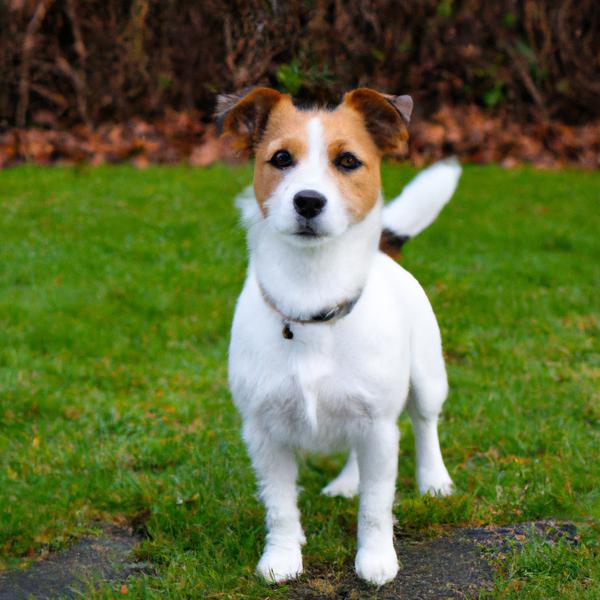
Russell Terrier
Scotinese vs Russell Terrier
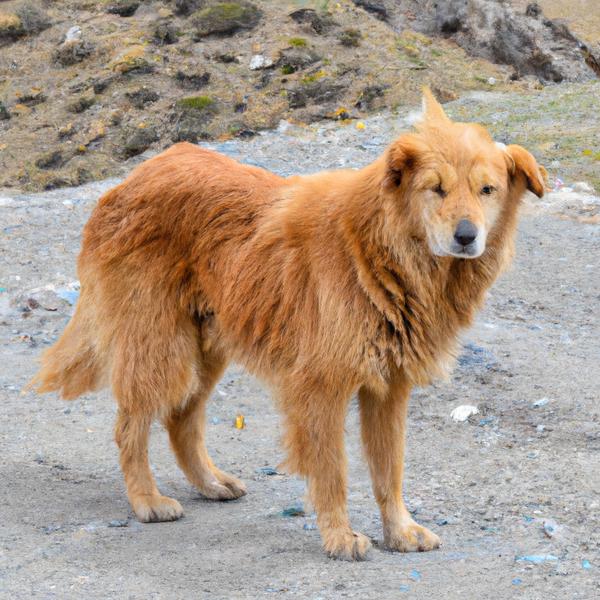
Golden Mountain Dog
Scotinese vs Golden Mountain Dog
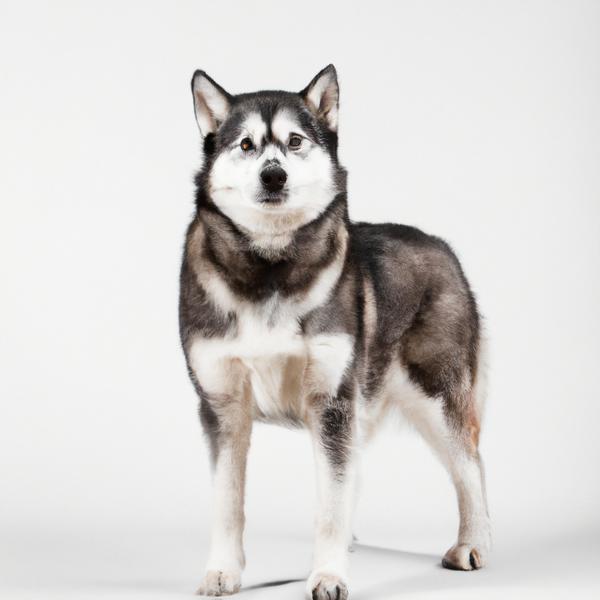
Huskita
Scotinese vs Huskita
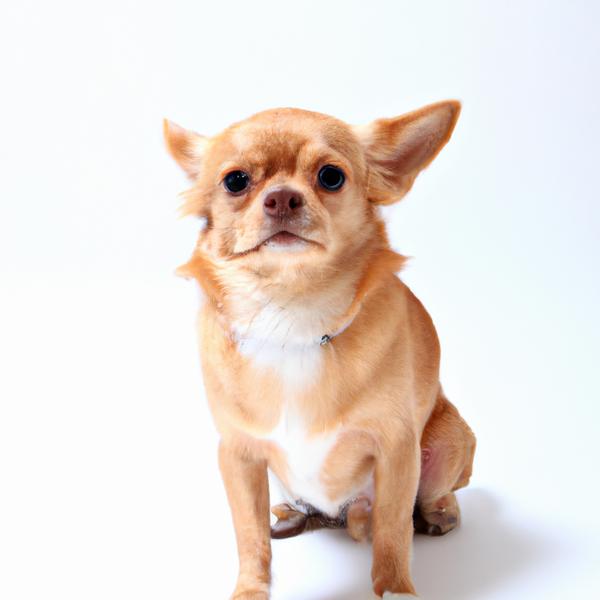
Chi-Chi
Scotinese vs Chi-Chi
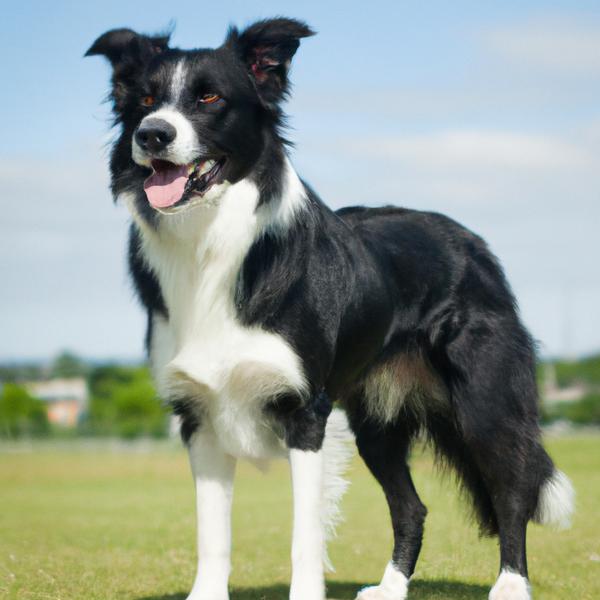
Border Schnollie
Scotinese vs Border Schnollie
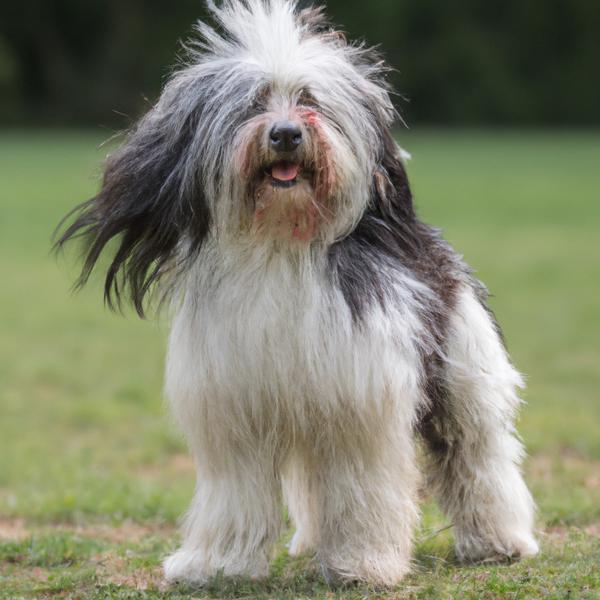
Crested Havanese
Scotinese vs Crested Havanese
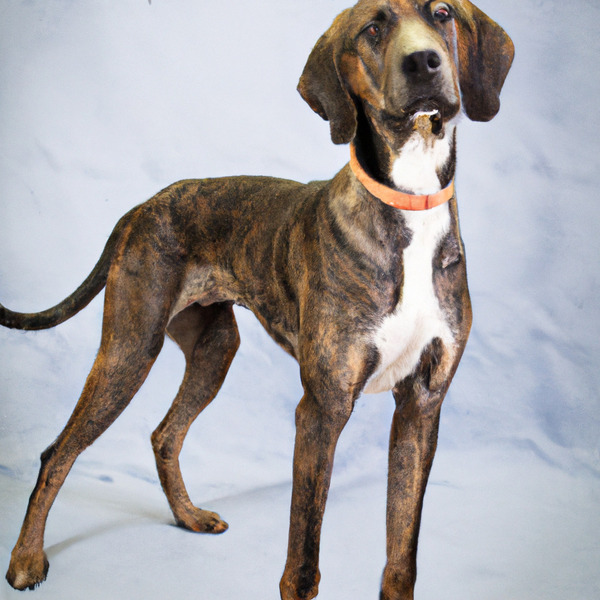
Plott Hound
Scotinese vs Plott Hound
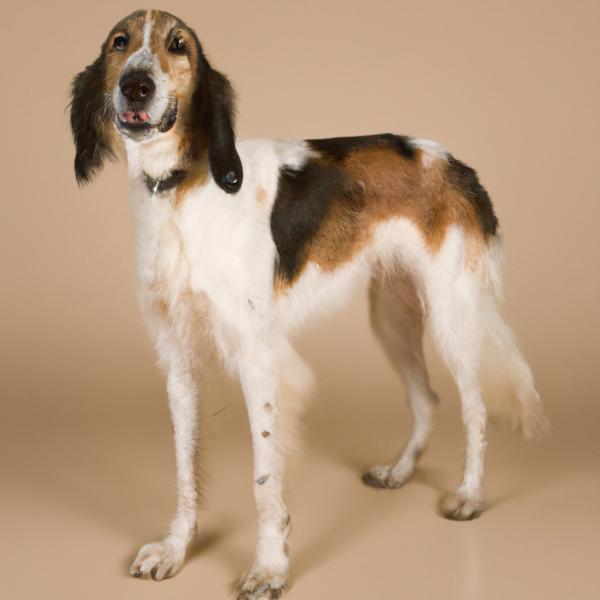
Spreagle
Scotinese vs Spreagle
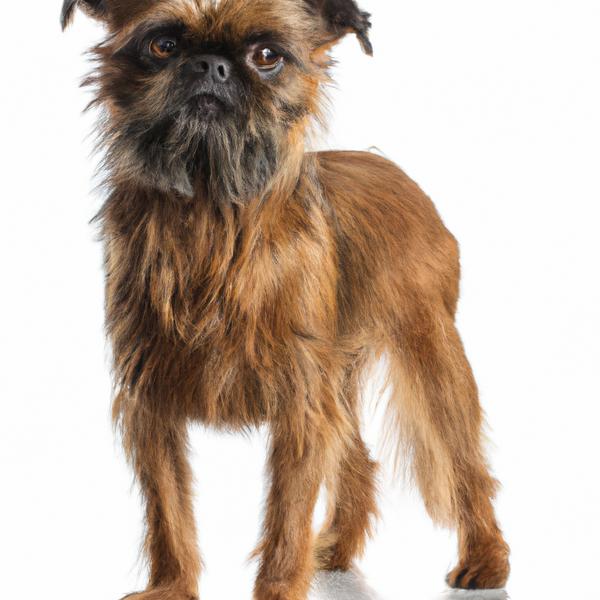
Brussels Griffon
Scotinese vs Brussels Griffon

